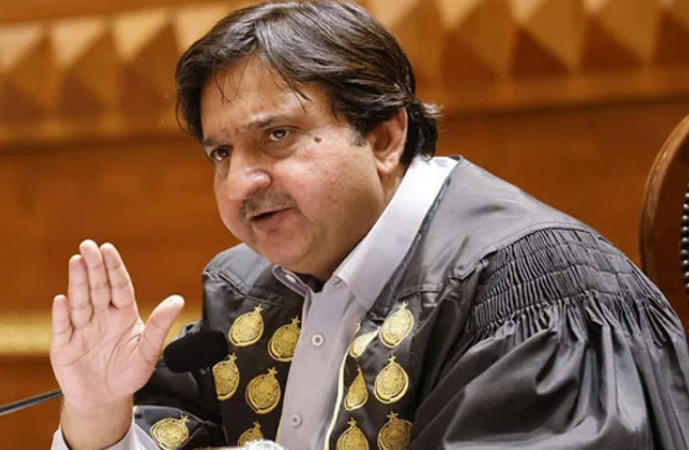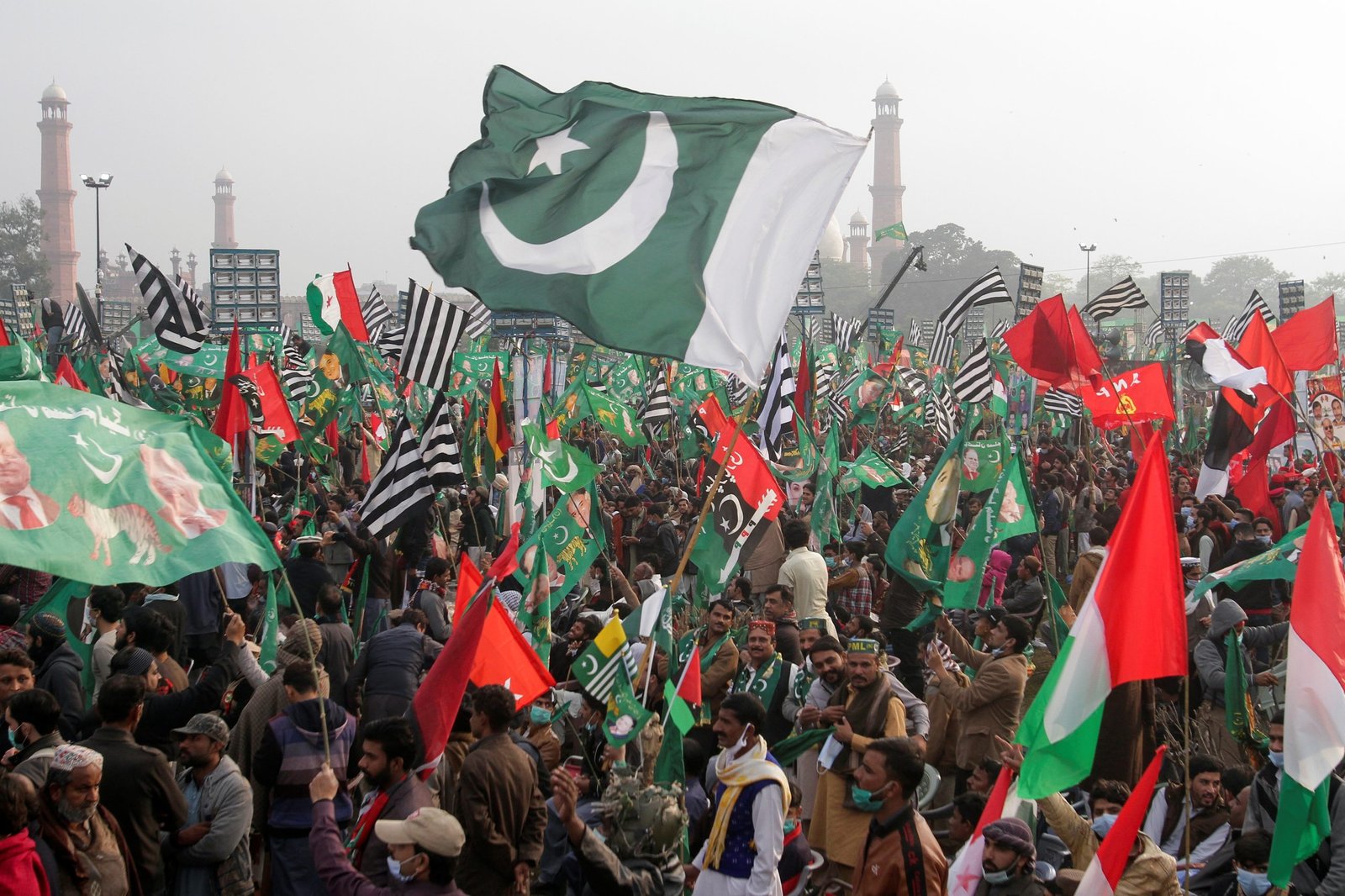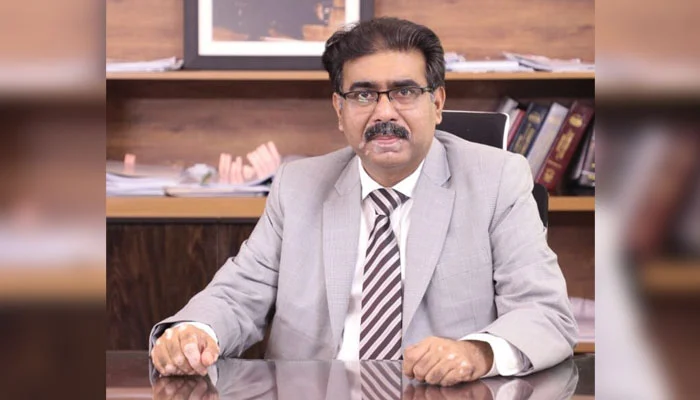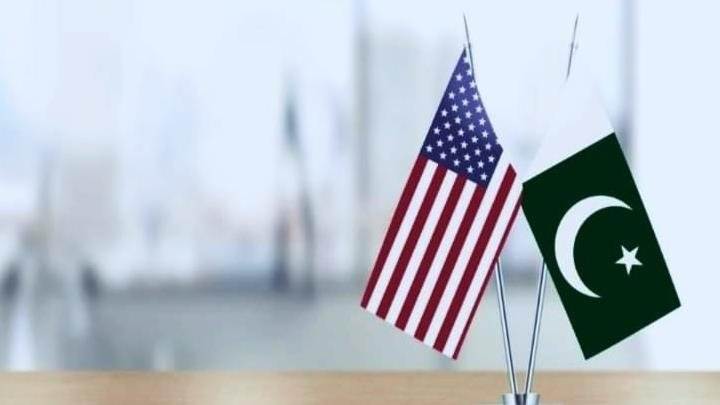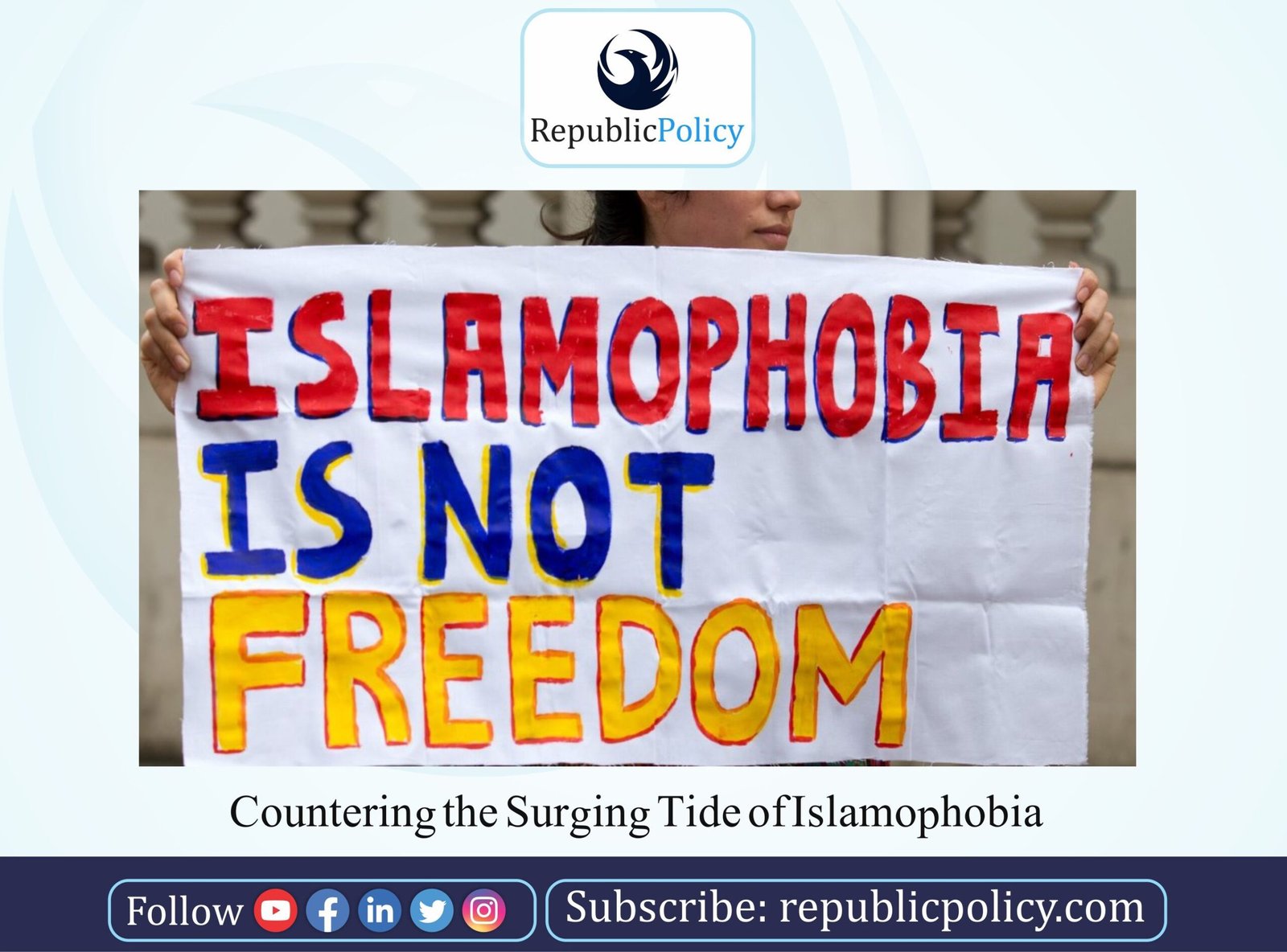Bilawal Kamran
In the intricate landscape of global power politics, states engage in a continual competition for dominance in multiple arenas—economic, military, and strategic. This rivalry, central to the pursuit of national interests, defines the course of international relations and global governance. The global stage has witnessed a series of power shifts, from the tumult of the World Wars to the rise of new powers, influencing the structure of the current international system.
A historical lens reveals the transformation of global power dynamics. The aftermath of the Second World War set the stage for the Cold War, a period marked by the stark division of the world into two superpowers—the United States and the Soviet Union. This bipolar world order shaped the international landscape, giving rise to proxy wars and a constant threat of nuclear confrontation. The Cold War era, defined by ideological and military competition, culminated in the fall of the Soviet Union, leaving the United States as the dominant global force for several decades. However, the post-Cold War period signaled a shift in the balance of power, with emerging powers asserting themselves more aggressively on the world stage.
The most notable aspect of the post-Cold War order is the rise of new global actors, particularly in Asia and Latin America. The rapid ascent of nations such as China and India marks a shift from traditional regional conflicts to broader, more complex global competition. As these nations increase their influence, they bring with them a host of economic, military, and technological advancements that redefine the global balance of power. Technological advancements, economic globalization, and the interplay of shifting power centers are central to understanding the current landscape of power politics, as nations vie for supremacy not only in traditional domains like military strength but also in the emerging sectors of soft power and technological innovation.
At the heart of contemporary power politics is the complex web of multiple actors vying for dominance in the global system. The United States, with its unmatched military might, economic power, and expansive network of international alliances, continues to exert significant influence on global affairs. Despite this, the rise of China has presented a formidable challenge to U.S. hegemony. China’s Belt and Road Initiative, coupled with its enormous trade networks and technological innovations, demonstrates its aspirations for geopolitical leadership and economic primacy. Russia, too, remains an important player, leveraging its military capabilities and vast energy resources to counterbalance Western influence.
The European Union, despite facing internal divisions on issues such as foreign policy and economic priorities, maintains a crucial role in global governance. Through political integration and economic might, the EU stands as a unifying force in addressing global challenges. Meanwhile, emerging powers such as India and Brazil contribute to reshaping the world order, with countries like South Africa raising the voices of the Global South, advocating for more inclusive international representation. India’s strategic significance in the Asia-Pacific region, paired with its rising status as a net security provider, underscores its growing influence in global politics.
The forces that drive global power politics today are multifaceted, with military, economic, and soft power serving as the primary means through which states exert influence. Military power remains a fundamental tool for deterrence and for enforcing strategic interests, ensuring that states maintain a credible defense posture. At the same time, economic clout—driven by trade, investment, and resource control—remains an essential lever for shaping international relations. Equally important is the concept of soft power, which involves the ability of nations to influence others through cultural appeal, diplomatic efforts, and ideological appeal.
This interplay between military might, economic influence, and soft power defines the contours of modern global politics, allowing states to navigate the complexities of international relations. Yet, this environment is fraught with tensions, as competing national interests often clash, making multilateral cooperation a difficult task. One of the most prominent sources of competition is the ongoing rivalry between the United States and China, as both nations strive for dominance in the realms of technology, economics, and military capabilities. The competition between these two global giants has far-reaching implications for global trade, regional stability, and international governance.
Compounding these power struggles is the growing sense of global instability. Ongoing conflicts, such as the war in Ukraine, have exacerbated tensions between Russia and the West, deepening divisions and challenging international norms. The Middle East, too, remains a hotbed of instability, with protracted conflicts fueling regional rivalries, humanitarian crises, and economic disruptions. These geopolitical challenges, along with the weaponization of trade and technology, underscore the complexity of contemporary power politics.
The geopolitics of energy adds another layer of complexity to the global order. The transition from traditional energy sources to renewable energy poses challenges for countries that rely on fossil fuels, while simultaneously empowering those who control key minerals necessary for green technologies. This shift is reshaping power dynamics, as nations seek to secure resources for the next generation of energy systems. Furthermore, the increasing use of technology as a tool for geopolitical leverage—whether through cyber capabilities, trade restrictions, or technological supremacy—has heightened the stakes of global competition.
In addition to these immediate challenges, the global governance system itself is facing a crisis. Nationalism and regionalism have undermined multilateralism, making it more difficult for international institutions such as the United Nations (UN) and the World Trade Organization (WTO) to function effectively. The rise of rival blocs and the fragmentation of global cooperation have created significant hurdles for addressing pressing global issues, such as inequality, climate change, and security threats.
Despite these obstacles, the international community must continue to explore avenues for cooperation. To address global challenges—whether in the realm of climate change, economic instability, or international security—nations must engage in strategic diplomacy, collaboration, and adaptability. Multilateral institutions like the UN remain essential for fostering dialogue, promoting collective action, and ensuring the legitimacy of international decision-making.
A stable, rules-based international system that promotes fairness, mutual respect, and equitable solutions is crucial for the long-term prosperity of the global community. As the dynamics of power politics continue to evolve, it is imperative that nations embrace cooperative strategies that prioritize common goals over narrow national interests. Only through such collective action can the world address the challenges of the 21st century and ensure a future that is inclusive, stable, and prosperous for all.
In conclusion, global power politics is no longer dominated by a single superpower but is characterized by a multiplicity of rising actors, each vying for influence across economic, military, and technological domains. While the competition for power remains fierce, the future of international relations hinges on the ability of states to engage in cooperative, multilateral diplomacy that balances national interests with the collective good. The path forward requires adaptability, strategic foresight, and an unwavering commitment to a just and stable global order.







